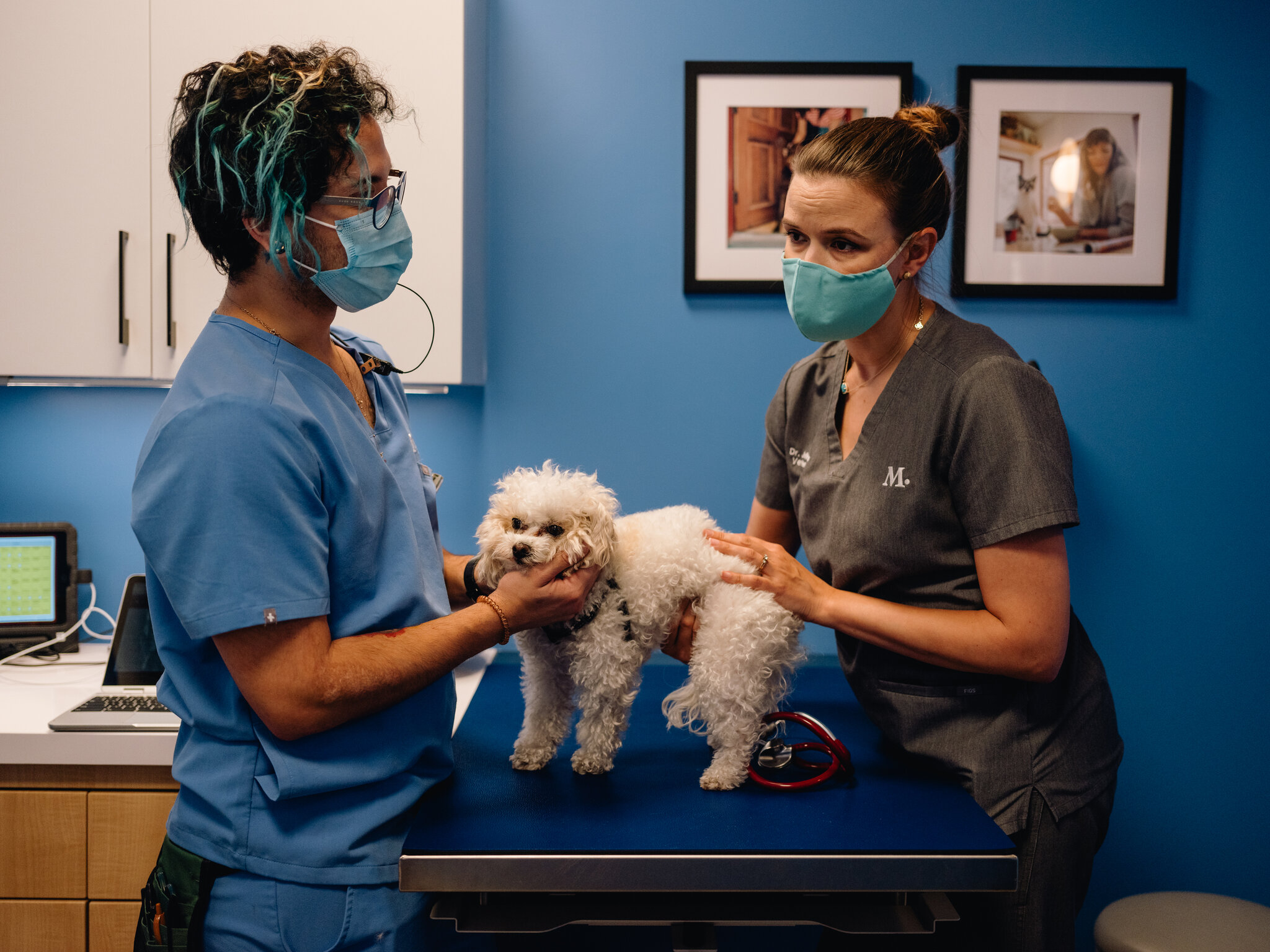
Millennials Are Ditching Vet Clinics for This New Routine
Vetwork – are changing the game when it comes to pet care, and the shift is undeniable. Instead of spending hours at traditional veterinary clinics, many are embracing a new approach that fits their lifestyle. The rise of home-based pet care services is creating a revolution in how health and hygiene are managed. From digital consultations to mobile grooming units, the millennials ditching vet clinics trend reflects deeper priorities like convenience, personalization, and trust.
At-home pet services are booming. Whether it’s an on-demand grooming session or a quick telehealth consultation, this new model has quickly captured the hearts of young pet owners. The millennials ditching vet clinics movement isn’t just about skipping waiting rooms it’s about gaining control. Platforms now offer app-based scheduling, wellness tracking, and even subscription-based health kits that get delivered to your door. The services cater to pets of all breeds and sizes, making them widely accessible.
Tech-savvy millennials are naturally drawn to solutions that can be accessed with a few taps. From booking a nail trim via an app to monitoring your pet’s digestive health using smart wearables, everything aligns with their digital-first lifestyle. The millennials ditching vet clinics wave is driven by the same logic behind food delivery or telemedicine: why go out if the service can come to you? This blend of convenience and tech is reshaping expectations for what quality pet care should look like.
Traditional clinics often follow a one-size-fits-all model, but millennials crave custom experiences. At-home pet care allows them to build trust with a consistent provider who understands their pet’s unique needs. The millennials ditching vet clinics trend reflects this desire for deeper connection. Home-based services often include behavior consultations, grooming suited to individual temperaments, and nutrition advice tailored to specific breeds. This personalized approach is what keeps pet parents coming back.
Taking a pet to the clinic can be stressful for both the animal and the owner. Loud waiting rooms, unfamiliar smells, and other pets can cause panic and discomfort. In contrast, at-home services take place in a familiar environment. The millennials ditching vet clinics trend is largely rooted in reducing stress. With fewer anxiety triggers, pets behave more naturally, allowing for more accurate health assessments and smoother grooming sessions.
One of the most popular components of this trend is the rise of subscription wellness boxes. These kits often include essentials like dental chews, supplements, flea prevention, and grooming tools. The millennials ditching vet clinics phenomenon is supported by their preference for scheduled convenience. Instead of rushing to a store or waiting for an appointment, they receive everything on a monthly basis. It also ensures continuity of care, which is crucial for long-term health.
Social proof plays a huge role in millennial decision-making. They often turn to Instagram, TikTok, and Reddit for recommendations. The millennials ditching vet clinics trend gained traction in part due to viral grooming videos and glowing testimonials. Influencers share their pet wellness routines and give behind-the-scenes access to mobile vet visits. These authentic endorsements create a powerful ripple effect, encouraging others to explore the same path.
The rise of alternative care routines signals a broader evolution in the pet industry. Millennials are not rejecting veterinary expertise but reshaping its delivery. The millennials ditching vet clinics trend suggests a future where hybrid models become the norm. Clinics may offer both in-office and in-home care, or partner with mobile platforms to stay relevant. The core idea is flexibility something younger generations demand and older systems must now provide.
This website uses cookies.